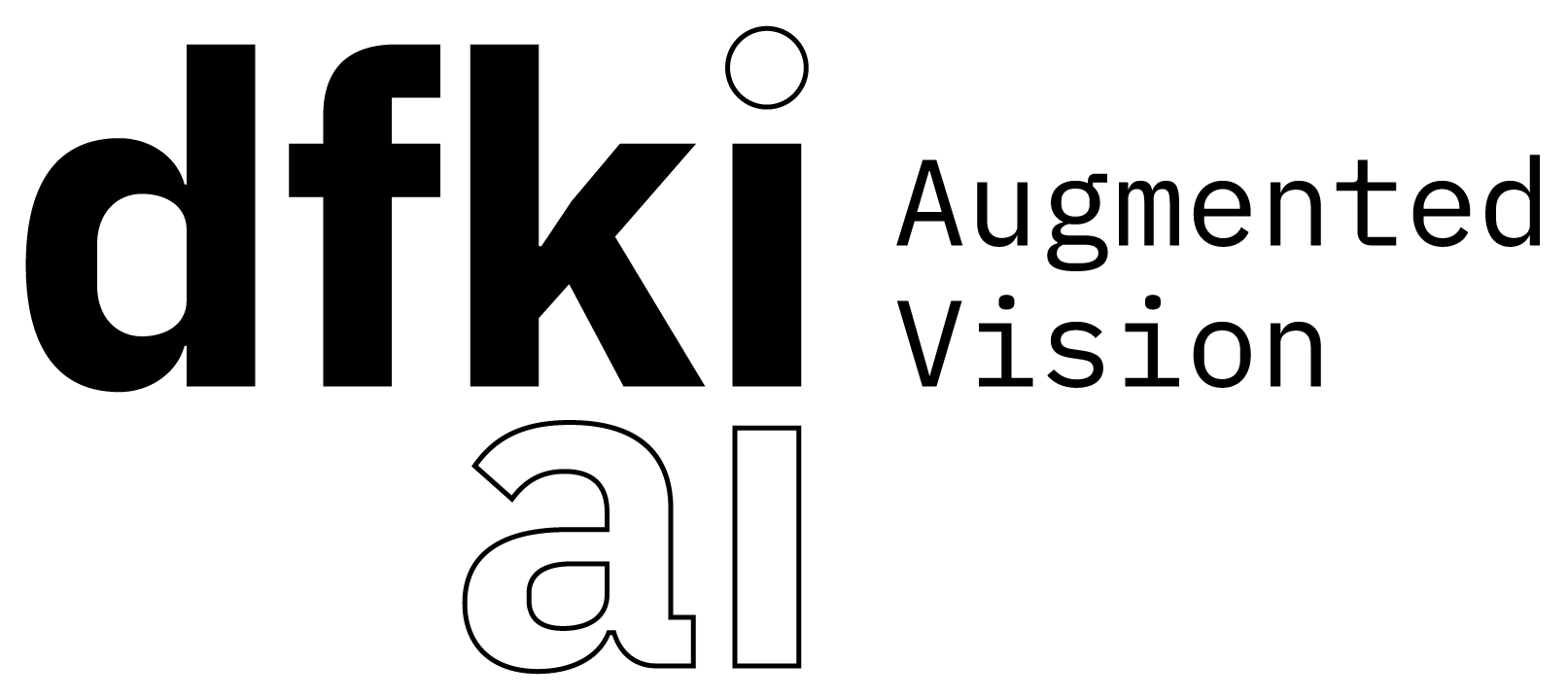In-Domain Inversion for Improved 3D Face Alignment on Asymmetrical Expressions
In-Domain Inversion for Improved 3D Face Alignment on Asymmetrical Expressions
In: Proceedings of the 18th IEEE International Conference on Automatic Face and Gesture Recognition. IEEE International Conference on Automatic Face and Gesture Recognition (FG-2024), May 27-31, Istanbul, Turkey, IEEE, 5/2024.
- Abstract:
- Facial landmark detection, often termed as face alignment, is a well-studied research problem in computer vision. Nonetheless, face alignment on asymmetrical expressions has been overlooked in the literature, particularly for unusual gestures observed in individuals with unilateral facial paralysis. In this paper, we explore in-domain inversion in a semi-supervised approach for face alignment and target the detection of 3D landmarks on symmetrical and extremely asymmetrical facial expressions due to paralysis. Our approach first leverages unlabeled face data to synthesize face images, while learning a compressed representation in the latent space. Then, it integrates in-domain inversion in the self-supervised stage, to make the latent space semantically meaningful. This is exploited in the supervised stage by a 2D face landmark detector, trained on labeled data. Finally, we extend the pipeline to 3D face alignment and regress the depth coordinate from the intermediate latent space and the predicted 2D landmarks. We evaluate and compare our method to related work on publicly available datasets, and demonstrate that our approach outperforms the state of the art in the detection of 3D facial landmarks in our newly introduced dataset of facial paralysis, ParFace. Our implementation and dataset are available at https://github.com/jilliam/ParFace.
